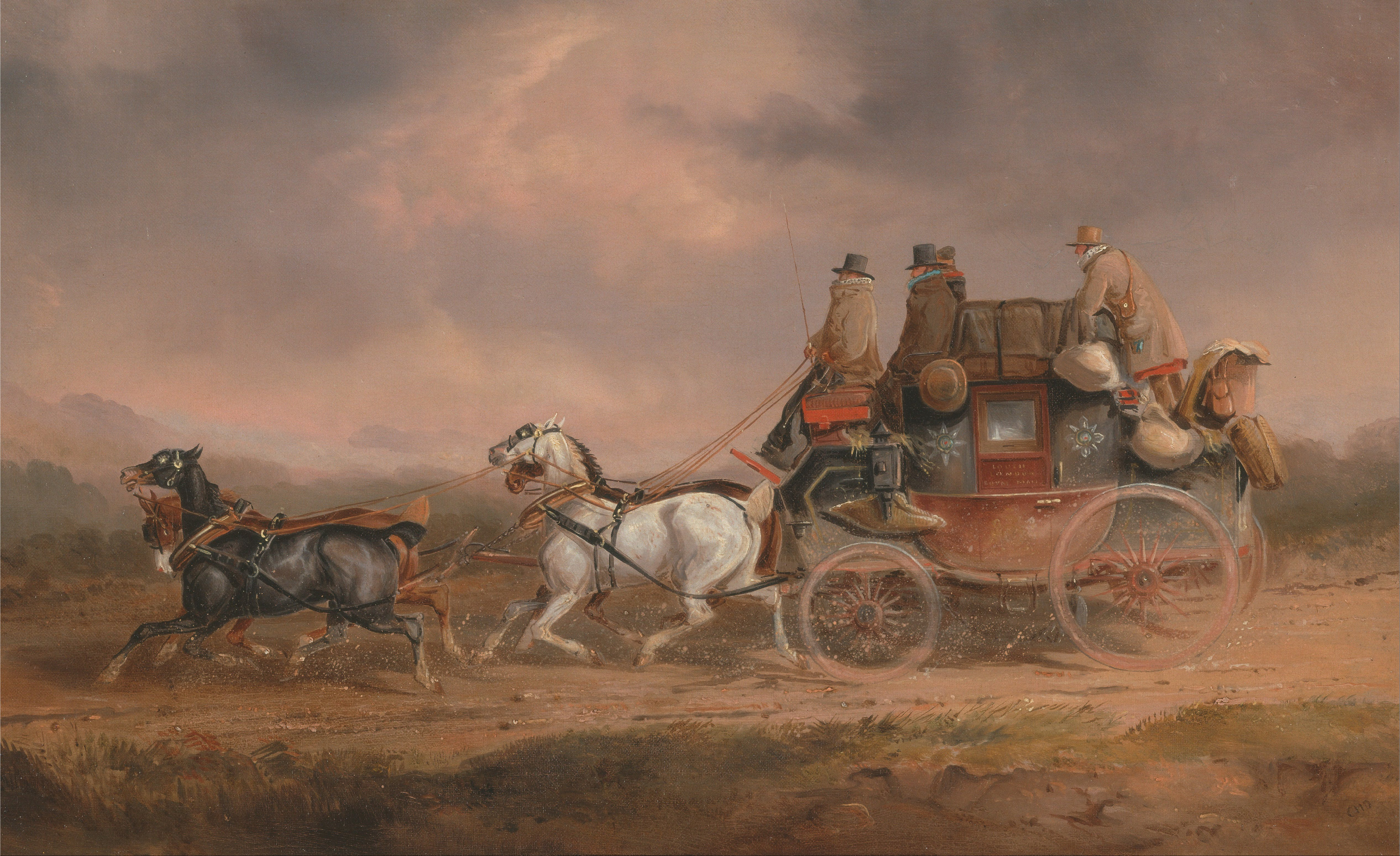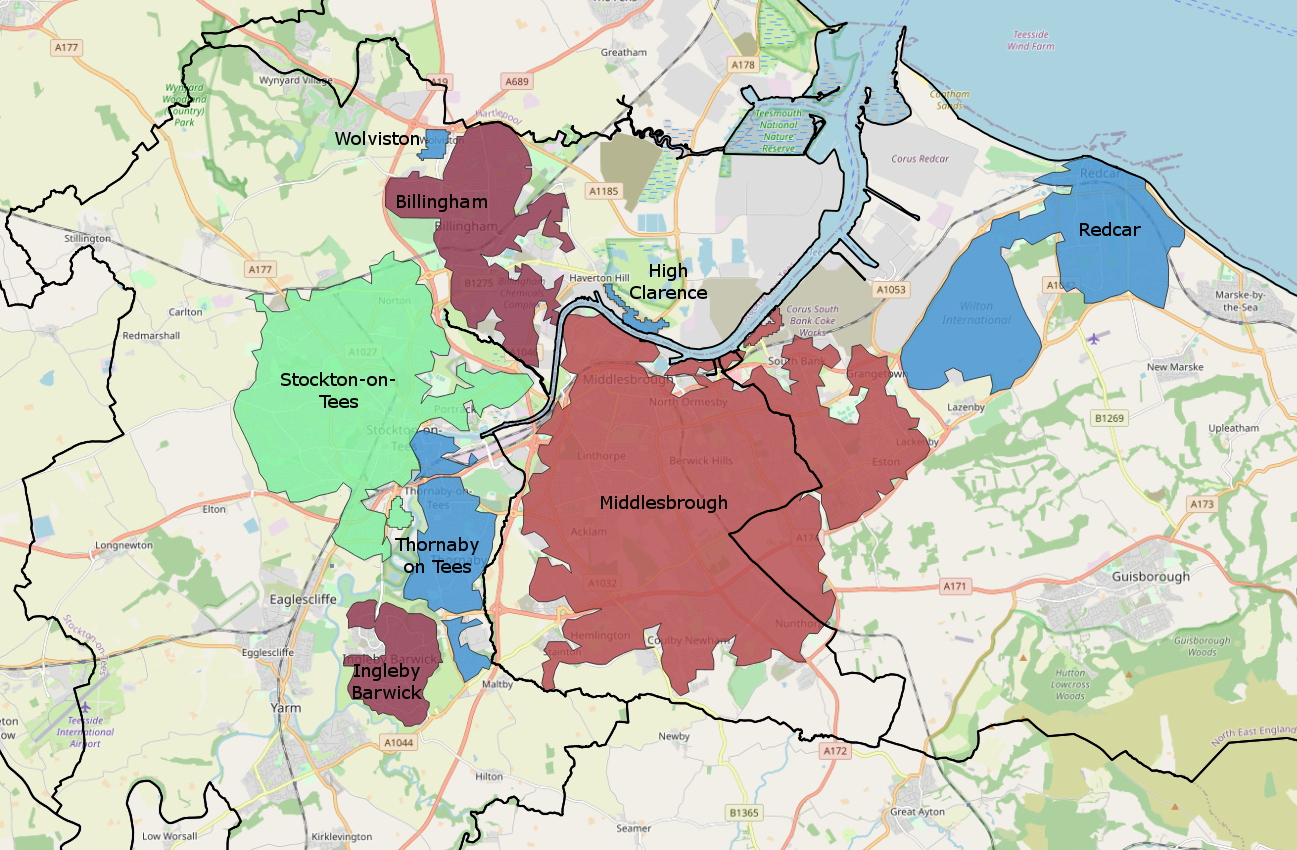|
Non-metropolitan Counties
A non-metropolitan county, or colloquially, shire county, is a county-level entity in England that is not a metropolitan county. The counties typically have populations of 300,000 to 1.8 million. The term ''shire county'' is, however, an unofficial usage. Many of the non-metropolitan counties bear historic names and most, such as Wiltshire and Staffordshire, end in the suffix "-shire". Of the remainder, some counties had the "-shire" ending but have lost it over time, such as Devon and Somerset. Origins Prior to 1974 local government had been divided between single-tier county boroughs (the largest towns and cities) and two-tier administrative counties which were subdivided into municipal boroughs and urban and rural districts. The Local Government Act 1972, which came into effect on 1 April 1974, divided England outside Greater London and the six largest conurbations into thirty-nine non-metropolitan counties. Each county was divided into anywhere between two and fourteen non- ... [...More Info...] [...Related Items...] OR: [Wikipedia] [Google] [Baidu] |
Metropolitan And Non-metropolitan Counties Of England
Metropolitan and non-metropolitan counties are one of the four levels of subdivisions of England used for the purposes of local government outside Greater London and the Isles of Scilly. As originally constituted, the metropolitan and non-metropolitan counties each consisted of multiple districts, had a county council and were also the counties for the purposes of Lieutenancies. Later changes in legislation during the 1980s and 1990s have resulted in counties with no county council and 'unitary authority' counties with no districts. Counties for the purposes of Lieutenancies are now defined separately, based on the metropolitan and non-metropolitan counties. In 2009 and 2019, there were further structural changes in some areas, resulting in a total of 83 metropolitan and non-metropolitan counties. These 83 counties collectively consist of 283 districts or district-level subdivisions, i.e. 36 metropolitan boroughs and 247 non-metropolitan districts. Current metropolitan and ... [...More Info...] [...Related Items...] OR: [Wikipedia] [Google] [Baidu] |
Urban District (Great Britain And Ireland)
In England and Wales, Northern Ireland, and the Republic of Ireland, an urban district was a type of local government district that covered an urbanised area. Urban districts had an elected urban district council (UDC), which shared local government responsibilities with a county council. England and Wales In England and Wales, urban districts and rural districts were created in 1894 (by the Local Government Act 1894) as subdivisions of administrative counties. They replaced the earlier system of urban and rural sanitary districts (based on poor law unions) the functions of which were taken over by the district councils. The district councils also had wider powers over local matters such as parks, cemeteries and local planning. An urban district usually contained a single parish, while a rural district might contain many. Urban districts were considered to have more problems with public health than rural areas, and so urban district councils had more funding and greater p ... [...More Info...] [...Related Items...] OR: [Wikipedia] [Google] [Baidu] |
Local Government Commission For England (1992)
The Local Government Commission for England was the body responsible for reviewing the structure of local government in England from 1992 to 2002. It was established under the Local Government Act 1992, replacing the Local Government Boundary Commission for England. The Commission could be ordered by the Secretary of State to undertake "structural reviews" in specified areas and recommend the creation of unitary authorities in the two-tier shire counties of England. The Commission, chaired by John Banham, conducted a review of all the non-metropolitan counties of England from 1993 to 1994, making various recommendations on their future. After much political debate and several legal challenges, the Commission's proposals resulted in the abolition of Berkshire county council and the counties of Avon, Cleveland, Hereford and Worcester and Humberside (created in 1974). Combined with a second wave of reviews in 1995, under the chairmanship of David Cooksey, the Commiss ... [...More Info...] [...Related Items...] OR: [Wikipedia] [Google] [Baidu] |
Postal Counties Of The United Kingdom
The postal counties of the United Kingdom, now known as former postal counties, were postal subdivisions in routine use by the Royal Mail until 1996. The purpose of the postal county – as opposed to any other kind of county – was to aid the sorting of mail by differentiating between like-sounding post towns. Since 1996 this has been done by using the outward code (first half) of the postcode instead. For operational reasons the former postal counties, although broadly based on the counties of the United Kingdom, did not match up with their boundaries: in some cases there were significant differences. The boundaries changed over time as post towns were created or amended. According to the Royal Mail, the former postal county data no longer forms part of postal addresses. It was removed from the Postcode Address File database in 2000 and does not form part of its code of practice for changing addresses. Despite this, county data is routinely sold to companies, ostensibly to le ... [...More Info...] [...Related Items...] OR: [Wikipedia] [Google] [Baidu] |
Royal Mail
, kw, Postya Riel, ga, An Post Ríoga , logo = Royal Mail.svg , logo_size = 250px , type = Public limited company , traded_as = , foundation = , founder = Henry VIII , location = London, England, UK , key_people = * Keith Williams (Non-executive Chairman) * Simon Thompson (CEO) , area_served = United Kingdom , industry = Postal services, courier , products = , services = Letter post, parcel service, EMS, delivery, freight forwarding, third-party logistics , revenue = £12.638 billion(2021) , operating_income = £611 million (2021) , net_income = £620 million (2021) , num_employees = 158,592 (2021) , parent = , divisions = * Royal Mail * Parcelforce Worldwide , subsid = * General Logistics Systems * eCourier * StoreFeeder * Intersoft Systems & Programming , homepage = , dissolved = , footnotes = International Distributions Services plc (formerly Royal Mail plc), trading as Royal Mail, is a British multinational po ... [...More Info...] [...Related Items...] OR: [Wikipedia] [Google] [Baidu] |
Lord-lieutenant
A lord-lieutenant ( ) is the British monarch's personal representative in each lieutenancy area of the United Kingdom. Historically, each lieutenant was responsible for organising the county's militia. In 1871, the lieutenant's responsibility over the local militia was removed. However, it was not until 1921 that they formally lost the right to call upon able-bodied men to fight when needed. Lord-lieutenant is now an honorary titular position usually awarded to a retired notable person in the county. Origins England and Wales Lieutenants were first appointed to a number of English counties by King Henry VIII in the 1540s, when the military functions of the sheriffs were handed over to them. Each lieutenant raised and was responsible for the efficiency of the local militia units of his county, and afterwards of the yeomanry and volunteers. He was commander of these forces, whose officers he appointed. These commissions were originally of temporary duration, and only when t ... [...More Info...] [...Related Items...] OR: [Wikipedia] [Google] [Baidu] |
Westmorland
Westmorland (, formerly also spelt ''Westmoreland'';R. Wilkinson The British Isles, Sheet The British IslesVision of Britain/ref> is a historic county in North West England spanning the southern Lake District and the northern Dales. It had an administrative function from the 12th century until 1974. Between 1974 and 2023 Westmorland lay within the administrative county of Cumbria. In April 2023, Cumbria County Council will be abolished and replaced with two unitary authorities, one of which, Westmorland and Furness, will cover all of Westmorland (as well as other areas), thereby restoring the Westmorland name to a top-tier administrative entity. The people of Westmorland are known as Westmerians. Early history Background At the beginning of the 10th century a large part of modern day Cumbria was part of the Kingdom of Strathclyde, and was known as '' "Scottish Cumberland" ''. The Rere Cross was ordered by Edmund I (r.939-946) to serve as a boundary marker between England a ... [...More Info...] [...Related Items...] OR: [Wikipedia] [Google] [Baidu] |
Cumberland
Cumberland ( ) is a historic counties of England, historic county in the far North West England. It covers part of the Lake District as well as the north Pennines and Solway Firth coast. Cumberland had an administrative function from the 12th century until 1974. From 1974 until 2023, Cumberland lay within Cumbria, a larger administrative area which also covered Westmorland and parts of Yorkshire and Lancashire. In April 2023, Cumberland will be revived as an administrative entity when Cumbria County Council is abolished and replaced by two Unitary authorities of England, unitary authorities; one of these is to be named Cumberland (unitary authority), Cumberland and will include most of the historic county, with the exception of Penrith, Cumbria, Penrith and the surrounding area. Cumberland is bordered by the historic counties of Northumberland to the north-east, County Durham to the east, Westmorland to the south-east, Lancashire to the south, and the Scotland, Scottish counties ... [...More Info...] [...Related Items...] OR: [Wikipedia] [Google] [Baidu] |
Cumbria
Cumbria ( ) is a ceremonial and non-metropolitan county in North West England, bordering Scotland. The county and Cumbria County Council, its local government, came into existence in 1974 after the passage of the Local Government Act 1972. Cumbria's county town is Carlisle, in the north of the county. Other major settlements include Barrow-in-Furness, Kendal, Whitehaven and Workington. The administrative county of Cumbria consists of six districts ( Allerdale, Barrow-in-Furness, Carlisle, Copeland, Eden and South Lakeland) and, in 2019, had a population of 500,012. Cumbria is one of the most sparsely populated counties in England, with 73.4 people per km2 (190/sq mi). On 1 April 2023, the administrative county of Cumbria will be abolished and replaced with two new unitary authorities: Westmorland and Furness ( Barrow-in-Furness, Eden, South Lakeland) and Cumberland ( Allerdale, Carlisle, Copeland). Cumbria is the third largest ceremonial county in England by ... [...More Info...] [...Related Items...] OR: [Wikipedia] [Google] [Baidu] |
Teesside
Teesside () is a built-up area around the River Tees in the north of England, split between County Durham and North Yorkshire. The name was initially used as a county borough in the North Riding of Yorkshire. Historically a hub for heavy manufacturing, the number of people employed in this type of work declined from the 1960s onwards, with steel-making and chemical manufacturing (particularly through Imperial Chemical Industries) replaced to some extent by new science businesses and service sector roles. History 1968–1974: County borough Before the county of Cleveland was created, the area (including Stockton-on-Tees) existed as a part of the North Riding of Yorkshire, due to most land being south of the Tees. Teesside was created due to Stockton-on-Tees being linked heavily with Thornaby (which had amalgamated with South Stockton/Mandale to form the Borough of Thornaby), Middlesbrough and Redcar by industry. Compared to the modern Teesside conurbation, the area was sma ... [...More Info...] [...Related Items...] OR: [Wikipedia] [Google] [Baidu] |
County Council
A county council is the elected administrative body governing an area known as a county. This term has slightly different meanings in different countries. Ireland The county councils created under British rule in 1899 continue to exist in Ireland, although they are now governed under legislation passed by Oireachtas Éireann, principally the Local Government Reform Act 2014. History 1899–1922 The Local Government (Ireland) Act 1898 introduced county councils to Ireland. The administrative and financial business carried by county grand juries and county at large presentment sessions were transferred to the new councils. Principal among these duties were the maintenance of highways and bridges, the upkeep and inspection of lunatic asylums and the appointment of coroners. The new bodies also took over some duties from poor law boards of guardians in relation to diseases of cattle and from the justices of the peace to regulate explosives. The Irish county councils differe ... [...More Info...] [...Related Items...] OR: [Wikipedia] [Google] [Baidu] |


